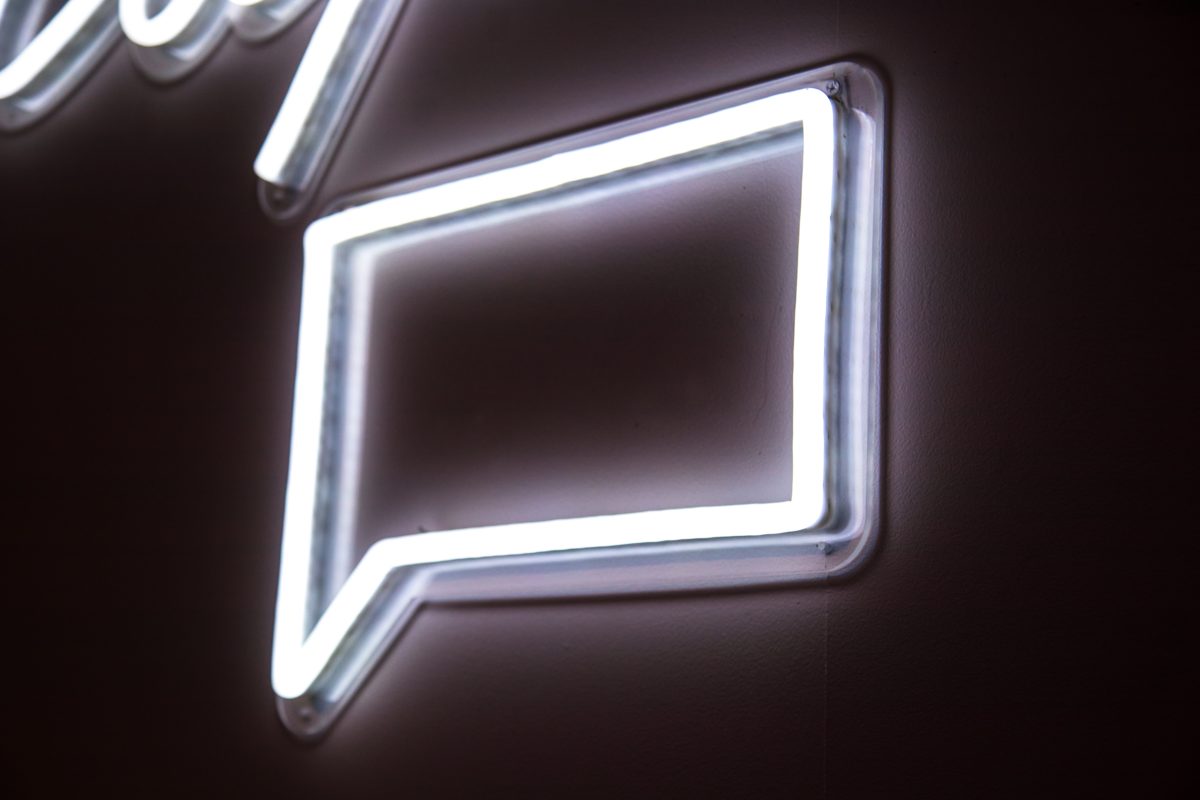With digital marketing and customer service both needing to be more real-time than ever to serve consumers, chatbots are more popular than ever. You’ll find at least 300,000 chatbots on Facebook alone (and climbing). In fact, about 53 percent of consumers are more likely to … Continue reading “13 of the best chatbot builders for small business”
8 ways to improve customer responsiveness
Your business can either thrive or barely survive based on your customer responsiveness in this fast-moving digital world. How long does it take your team members to respond to a question from a customer or potential customer? Simple answer: The longer it takes, the worse … Continue reading “8 ways to improve customer responsiveness”
Want to receive more great content like this for free?
Subscribe to our newsletter to get best practices, recommendations, and tips for digital marketers


